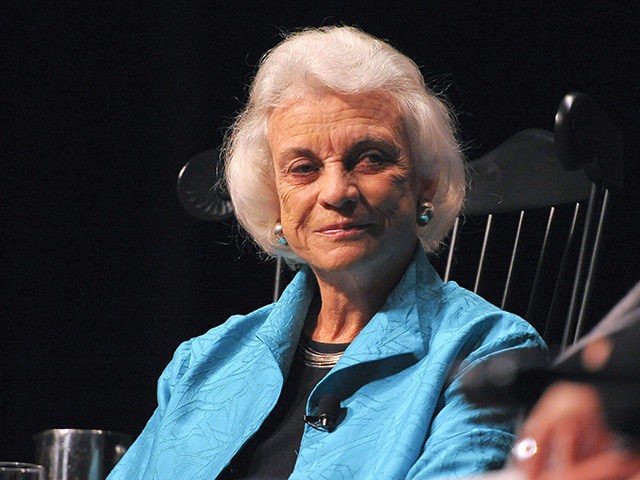Sandra Day O’Connor, the first woman on the Supreme Court, says she has the beginning stages of dementia and “probably Alzheimer’s disease.”
O’Connor made the announcement in a letter Tuesday. She said that her diagnosis was made “some time ago” and, as her condition has progressed, she is “no longer able to participate in public life.”
O’Connor, 88, was nominated by President Ronald Reagan and took her seat on the court in 1981. She announced her retirement in 2005. O’Connor’s announcement came a day after a report on about the former justice stepping back from public life.
In a statement released shortly after O’Connor’s, Chief Justice John Roberts praised the former justice as a “towering figure in the history of the United States”, later adding that “no illness or condition can take away the inspiration she provides for those who will follow the many paths she has blazed.”
For more than a decade after leaving the court in 2006, O’Connor kept up an active schedule: serving as a visiting federal appeals court judge, speaking on issues she cared about and founding her own education organization. But the 88-year-old, for more than two decades often the deciding vote in important cases, is now fully retired. She made her last public appearances over two years ago.
This summer she turned over an office she had kept at the Supreme Court to the court’s most recently retired justice, Anthony Kennedy.
Her son Jay O’Connor said in a recent telephone interview with The Associated Press that his mother, like many who reach their upper 80s, began to have challenges with her short-term memory. That made some public events more difficult. Hip issues have meant she now primarily uses a wheelchair. And she now stays close to her home in Phoenix, he said.
“When she hit about 86 years old she decided that it was time to slow things down, that she’d accomplished most of what she set out to do in her post-retirement years, that she was getting older physically and her memory was starting to be more challenging, so the time came to dial back her public life,” said Jay O’Connor. His mother is no longer doing interviews.
Over about the past year, Jay O’Connor and his brother Brian cleared out O’Connor’s Supreme Court office and went through hundreds of boxes of files and other items she had in the building’s basement. A gavel used at her 1981 confirmation hearing, her Presidential Medal of Freedom and T-shirts made annually by an exercise class she started at the high court are among the items O’Connor has now donated to the court’s collection, the Library of Congress and the Smithsonian.
O’Connor was a state court judge before being unanimously confirmed to the Supreme Court at 51. She had graduated third in her class from Stanford Law School and was the first woman to lead the Arizona state senate. On the Supreme Court, her votes were key in cases about abortion, affirmative action and campaign finance as well as the Bush v. Gore decision effectively settling the 2000 election in George W. Bush’s favor.
She was 75 when she announced her retirement from the court in 2005. It was a decision influenced by the decline in the health of her husband, John O’Connor III, who had been diagnosed with Alzheimer’s disease.
The Associated Press contributed to this report.

COMMENTS
Please let us know if you're having issues with commenting.